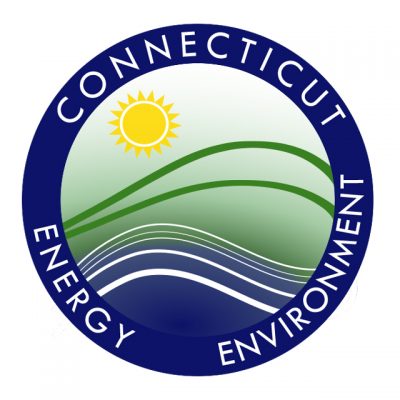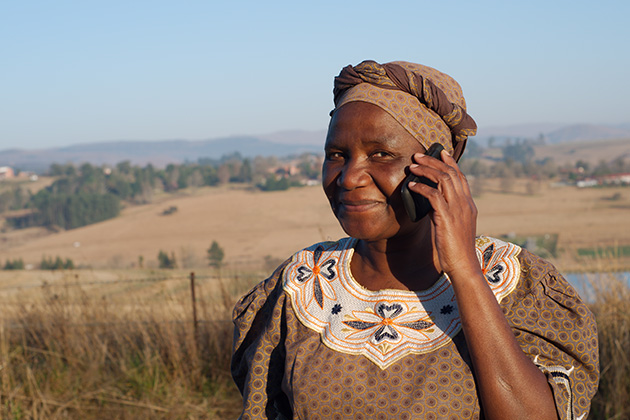Summary of the Event:
The Engineering for Human Rights Initiative (EHRI) and the Aging Research Interest Group of the Institute for Collaboration on Health, Intervention, and Policy (InCHIP) arranged a February 10 (2021) conversation regarding the transportation challenges faced by people with disabilities and the aging population in the state of Connecticut. In attendance were advocates and stakeholders from aging communities and people with disabilities, state and local government, and researchers from the University of Connecticut. The following is a summary of the main challenges and opportunities identified as well as paths for advocacy and research to evaluate and advance the access to work, recreation, and healthcare among other important daily activities for individuals with disabilities and the aging community.
The conversation at this event was focused on transportation-related social inclusion, and the disproportionate impacts it has on marginalized communities. In particular, the social isolation of seniors and people with disabilities, the lack of access to education facilities, and people with disabilities who are often left behind due to unreliable or disintegrated transit services. Emphasized within this discourse, are the disparities in wealth and economic opportunity across communities in Connecticut. This polarity only worsens these challenges, as it limits access to alternative transportation services such as ride-hailing services and/or travel assistance. The roots of these problems are complex and vary, the following was brought up at the event. The issues addressed can be split into two categories: operational challenges and planning challenges.
In regards to operational obstacles, Connecticut’s paratransit services are composed of a set of local and decentralized systems that lack coordination. Services like “Dial-A-Ride” are unable to cross different regions and counties, resulting in a fragmented and complicated transportation system for individuals to navigate, especially in rural areas. There is also a lack of communication between transportation networks and older individuals, rendering it difficult for individuals who do not speak English fluently. Privatized transportation resources such as Uber or Lyft often do not adhere to ADA requirements nor do they offer general accessibility for disabled people. Moreover, in many areas such as university campuses, accessibility ramps remain absent, or unusable during inclement weather.
From a planning perspective, a major issue present is the lack of representation of disabled individuals in discussions of equity, inclusion, and general mobility. There is not enough disaggregated detailed data of populations of disabled and aging populations within the State. There are also no maps or quantitative data illustrating transportation and accessibility trends and challenges for these populations within the state. These could be in violation of ADA standards, however, the discussion highlighted the need to go beyond ADA minimum compliance.
In order to address these challenges, there must be an increase in the representation of disabled individuals in discussions on equity, inclusion, and general mobility. In addition, the approach taken should be proactive and go beyond ADA minimum compliance. Services should be accommodation-oriented rather than compliance-oriented. A central priority should be to develop and fund a state-wide interconnected infrastructure transportation network with resources that allow for older and disabled populations to have better access to reliable forms of transportation as well as technology that translates languages for people who do not speak English fluently.
An overarching theme in this discussion was the idea of technology as a tool to help solve these varied problems, rather than a solution in and of itself. Improving technology must go hand in hand with improving infrastructural resources. Examples of such potential synergies include translation software; apps that connect transportation routes throughout the state; maps that demonstrate the geographic dispersion of transportation resources; and the development of a centralized, interconnected communications database. While there is a strong connection between technology and transportation, it is vital to keep in mind that the aging population and people with disabilities do not always have easy access to technology, nor do all members of these populations have an understanding of how to use such services. Therefore, there is a need to understand their perceptions and familiarity with existing and evolving technologies in order to build an approach that serves all people equitably and comprehensively. A key takeaway message from this event was the recognition that the complex and inter-related challenges experienced by elderly people and people with disabilities transcend access to transportation. Their needs are embedded with broader socioeconomic and cultural spheres at the systems level and require comprehensive solutions that cross the varied domains of human rights, representation, technology, engineering, and equity.
For additional information please contact
davis.chacon@uconn.edu
 The Connecticut
The Connecticut 
